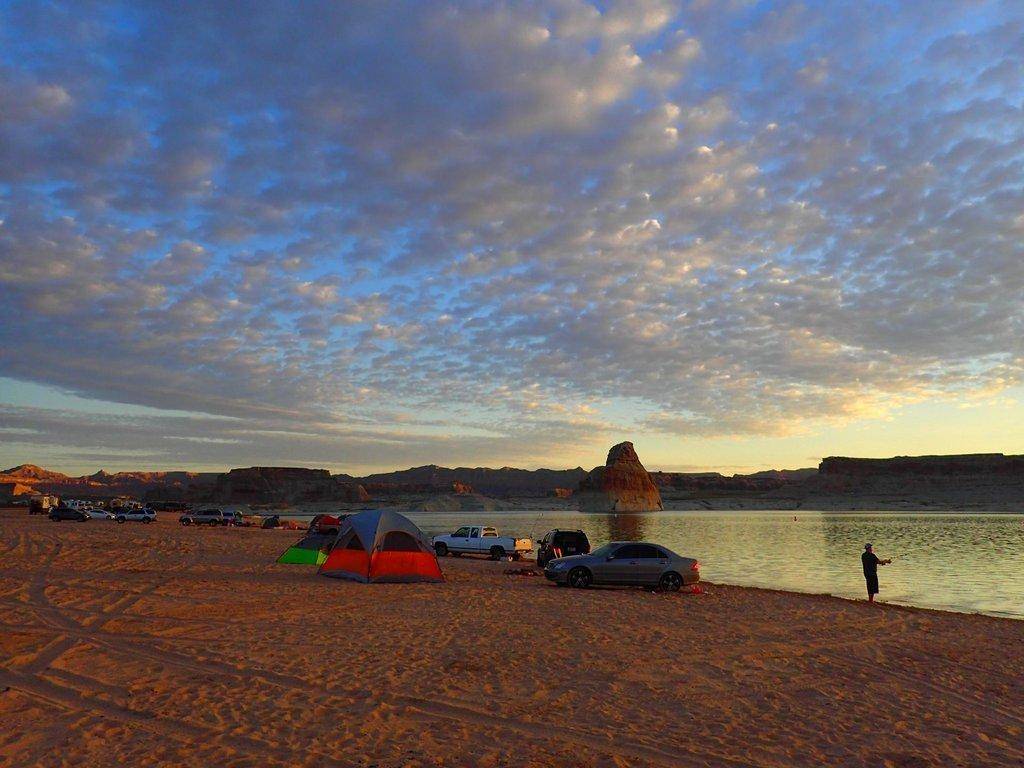DWR News Release
Law enforcement officers and technicians for the Utah Division of Wildlife Resources and Utah State Parks had a busy Fourth of July weekend, working to prevent invasive quagga mussels from spreading throughout Utah.
Statewide, Aquatic Invasive Species technicians inspected 16,497 boats and performed 322 hot-water decontaminations from Friday to Monday. DWR conservation officers issued approximately 55 citations. Most of the citations were issued for failure to stop at an inspection station, and some were for infractions of state rules to prevent the spread of invasive species. Last Fourth of July weekend, 20,085 boats were inspected, 595 decontaminations were performed and 45 citations were issued.
Technicians inspected a total of 4,089 boats at stations in the Lake Powell area from Friday to Monday. Fifty-seven boats were decontaminated and approximately 25 citations were issued, primarily for boaters who failed to stop at an inspection station.
While the Fourth of July weekend numbers were lower this year than in 2019, (primarily due to COVID-19 limiting staff numbers), the overall inspection and decontamination numbers for the year have increased by 43%. This is a surprising increase, considering the temporary closure of Lake Powell due to COVID-19 earlier this year. Currently, there have been 179,304 inspections performed statewide, compared to 125,541 at this time last year.
“Even dealing with adjustments due to COVID-19 and staff shortages, our personnel have managed to perform an incredible amount of inspections and continue to work extremely hard to prevent quagga mussels from spreading from Lake Powell,” DWR Aquatic Invasive Species Operations Sgt. Krystal Tucker said. “But as evidenced by our citations, there are still individuals with watercraft who are traveling past open inspection stations. All motorists traveling by an administrative checkpoint are required to stop to make sure they are complying with invasive species laws. Our goal is to stop the spread of invasive mussels in order to protect Utah’s waters, so they remain accessible to the public and continue to provide incredible recreational opportunities for everyone.”
There are more than 40 inspection stations located at various waterbodies and along highways throughout Utah. Visit the DWR website to see an interactive map of all the decontamination stations around the state.

